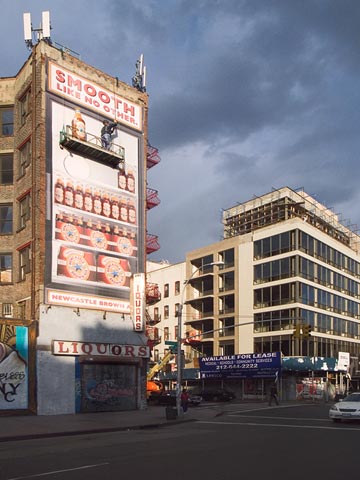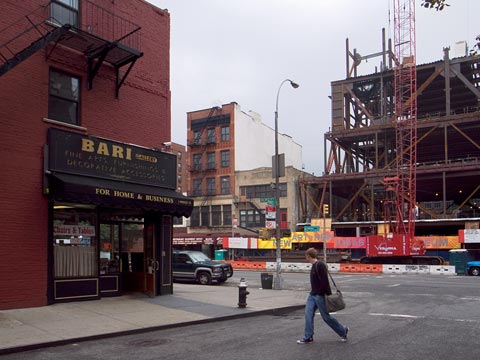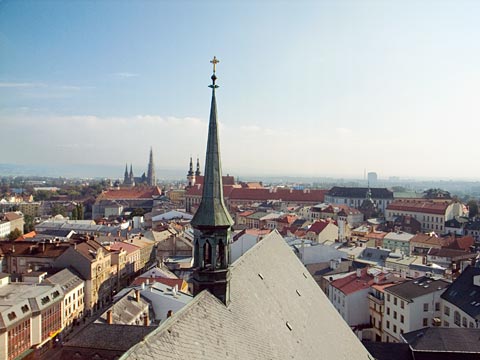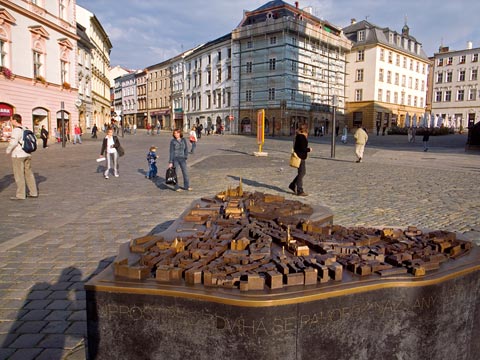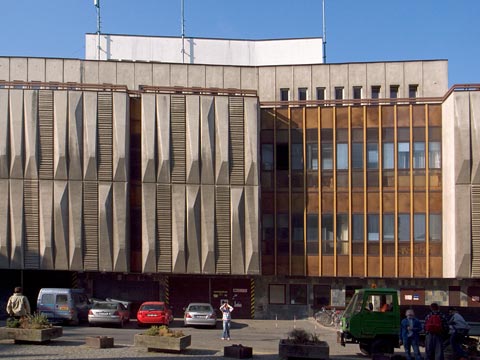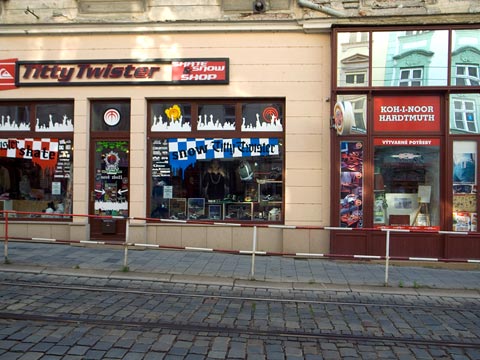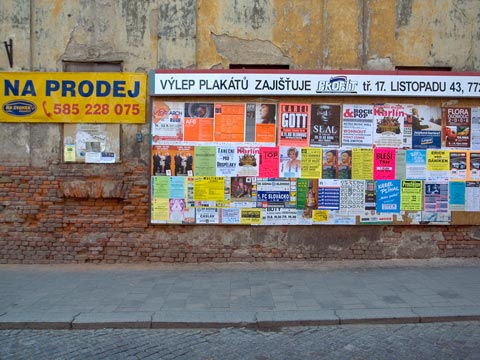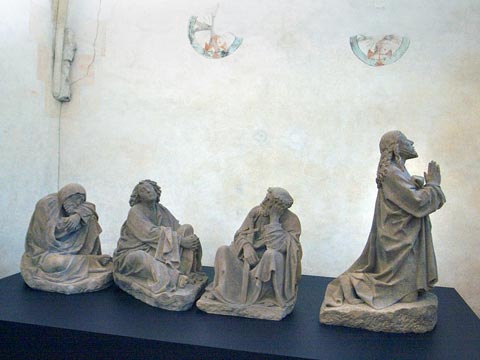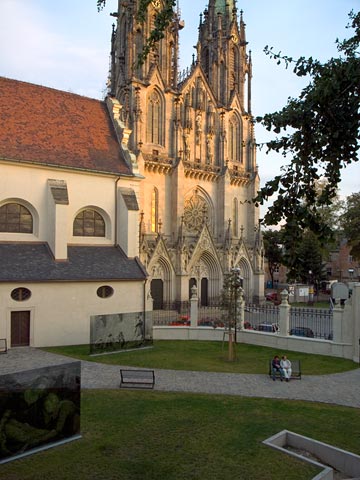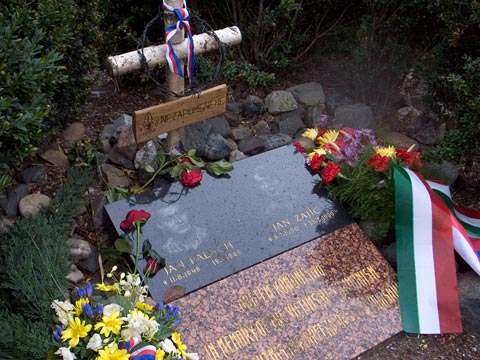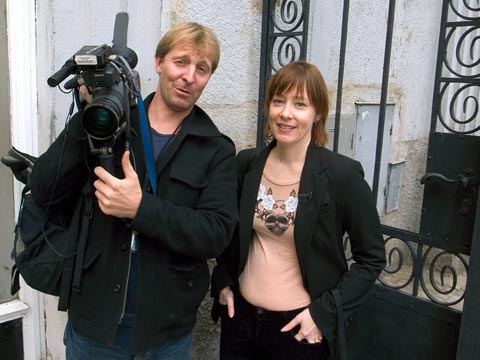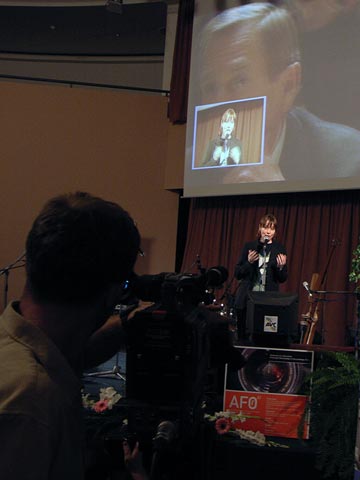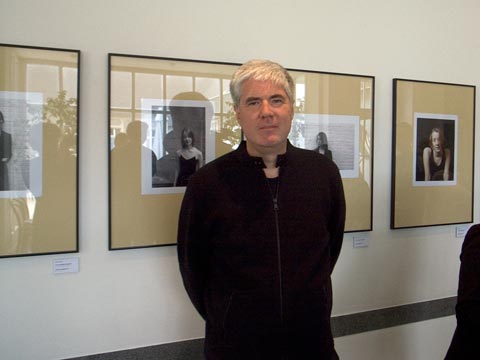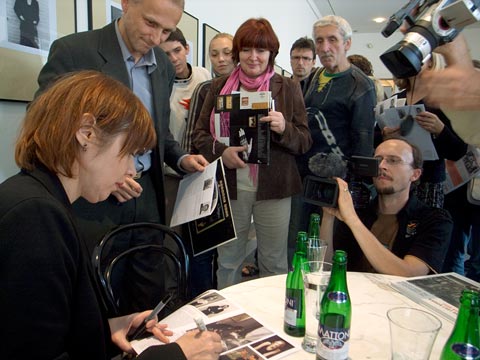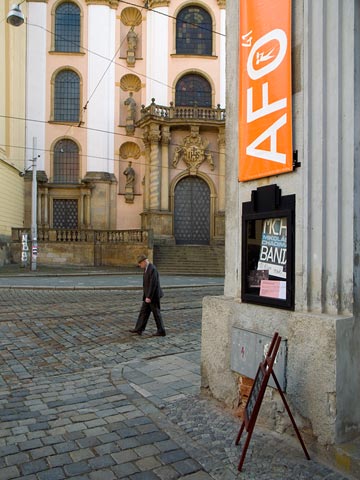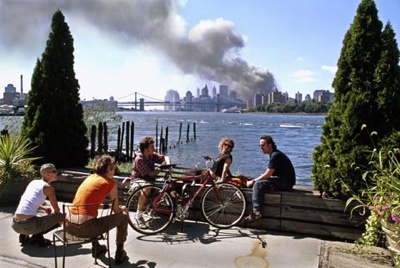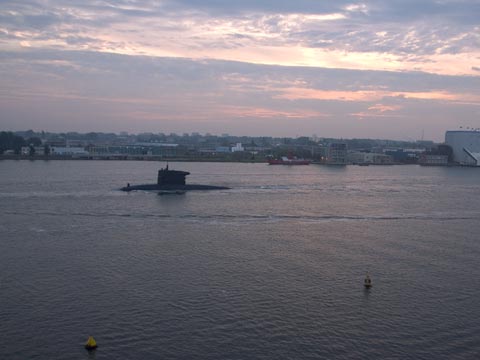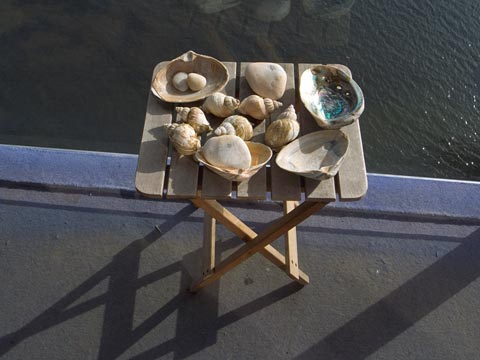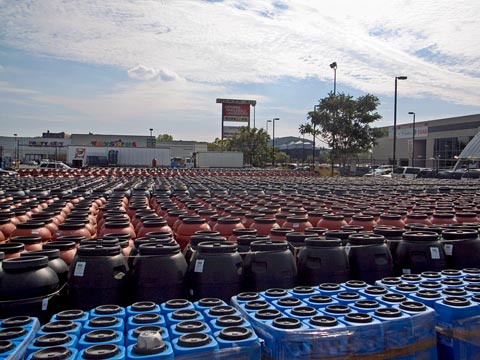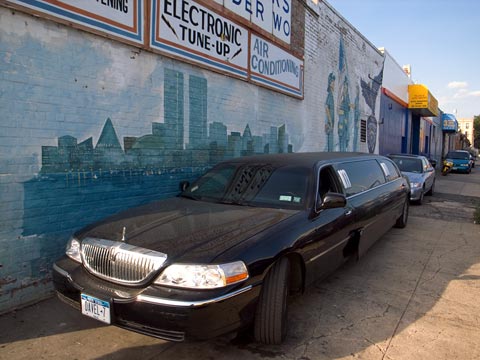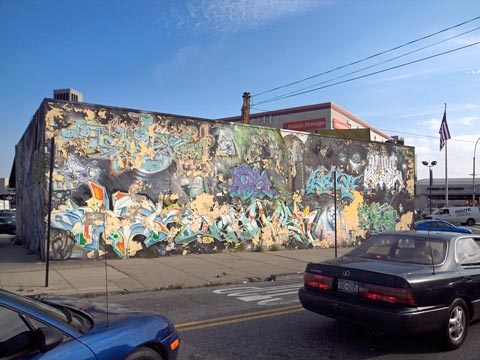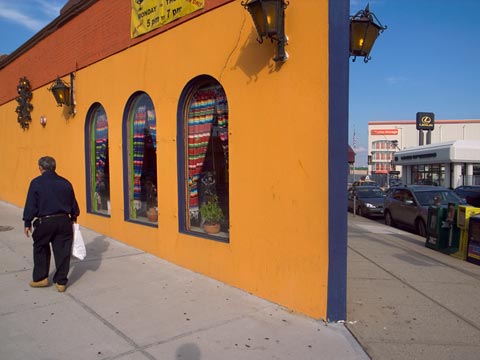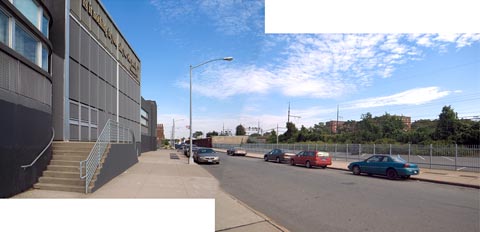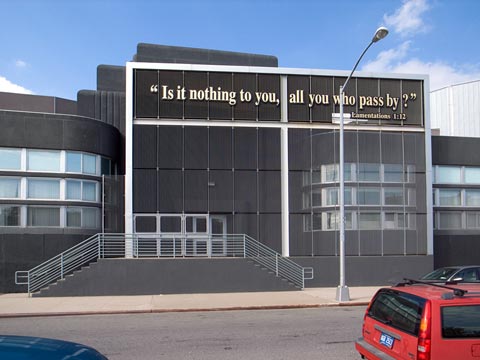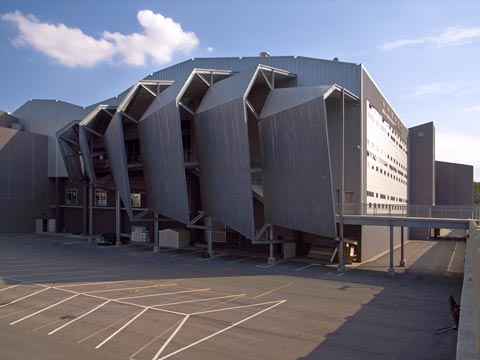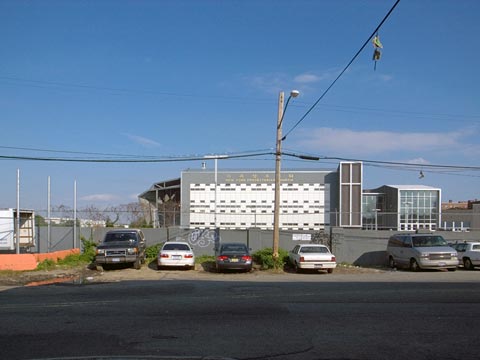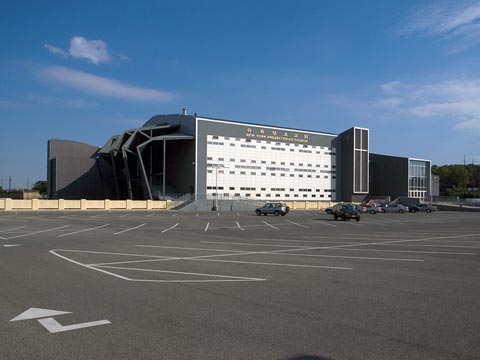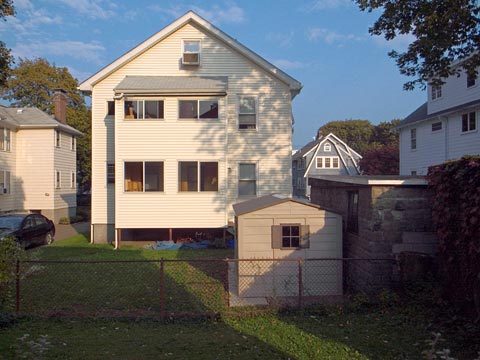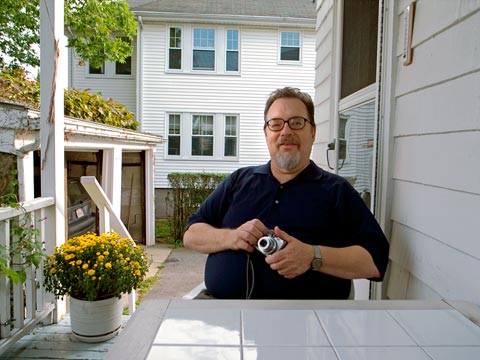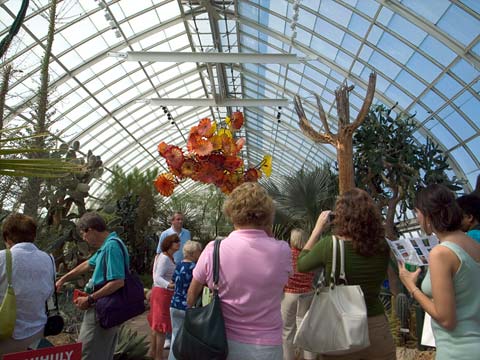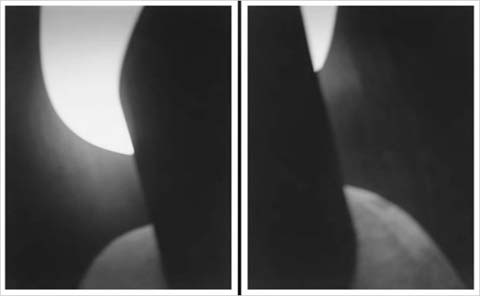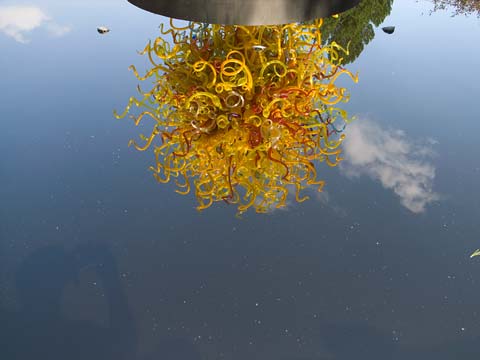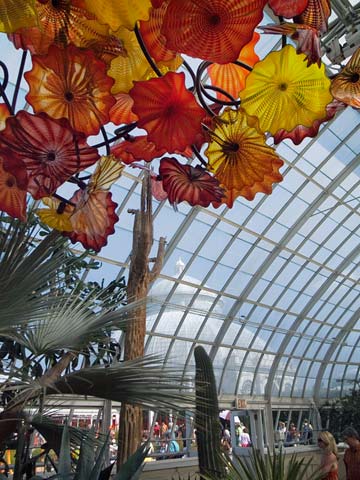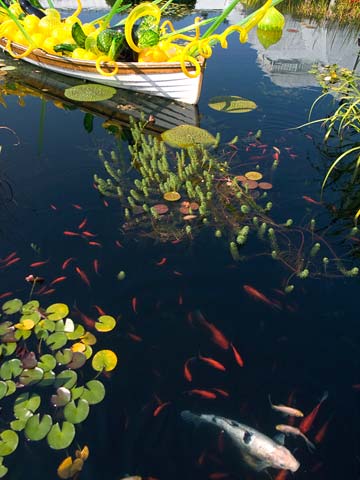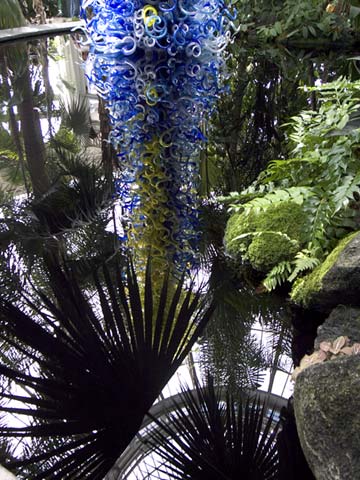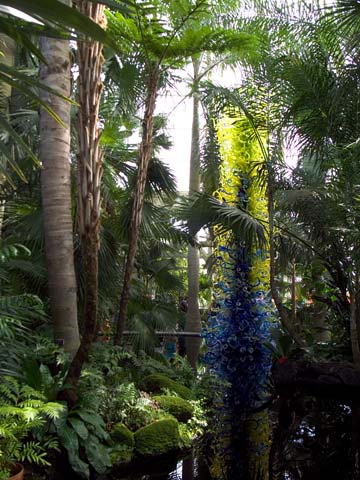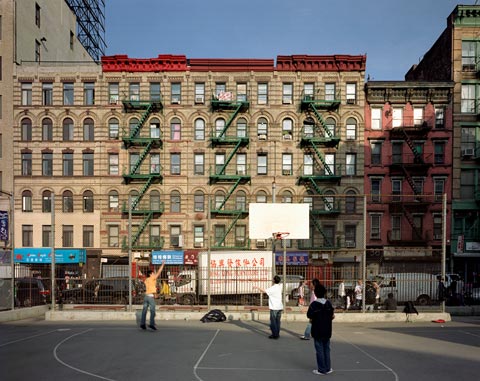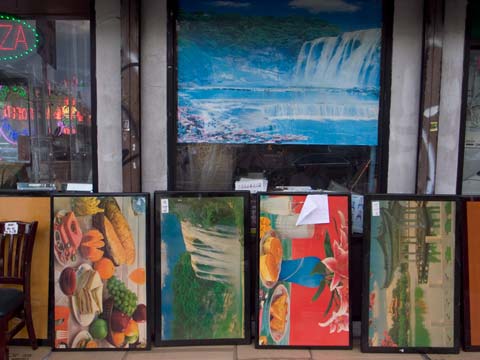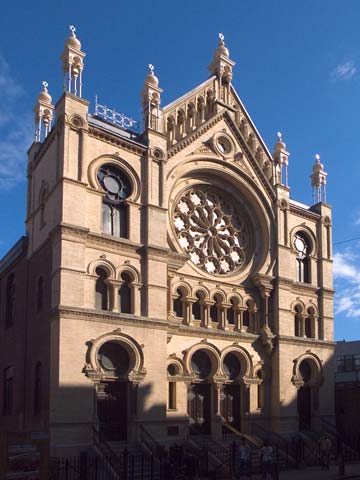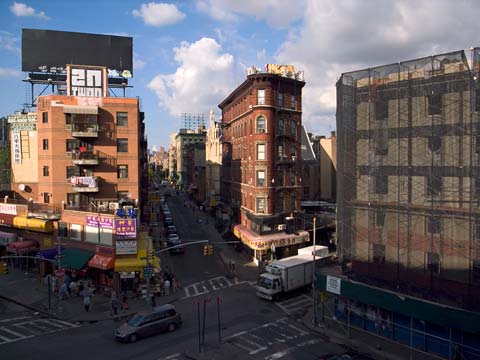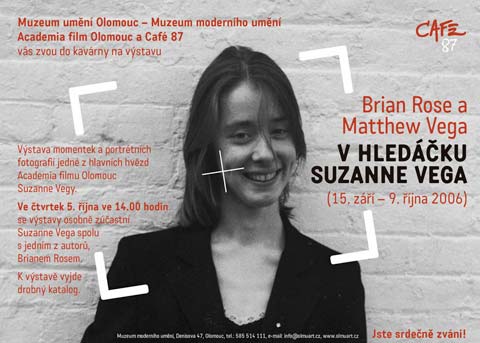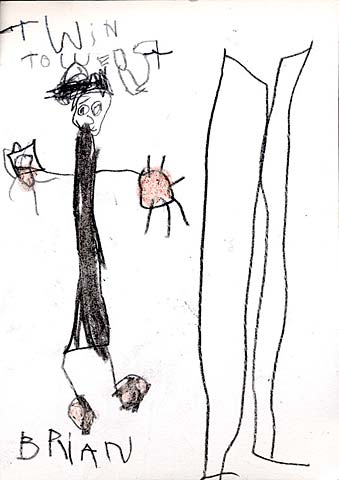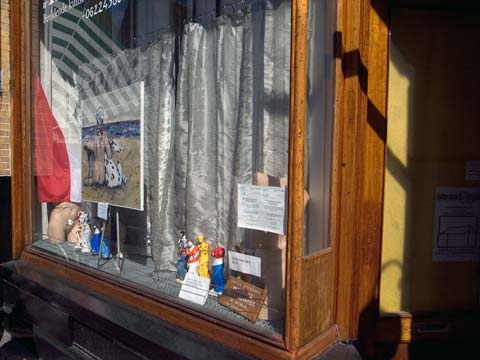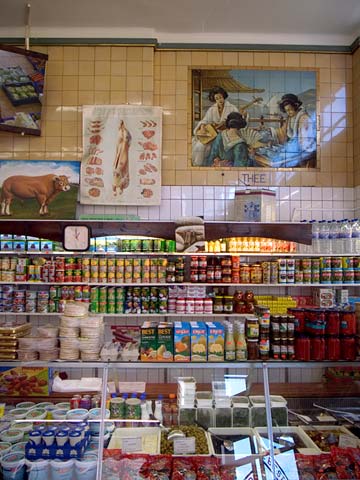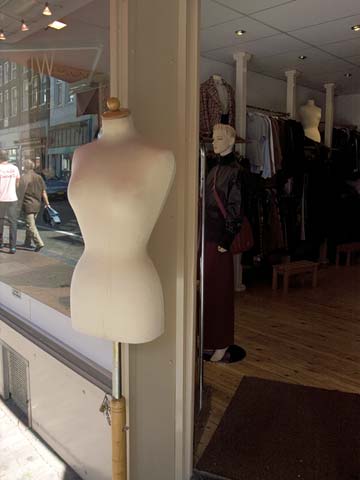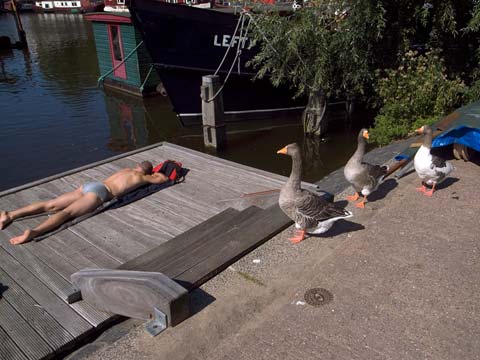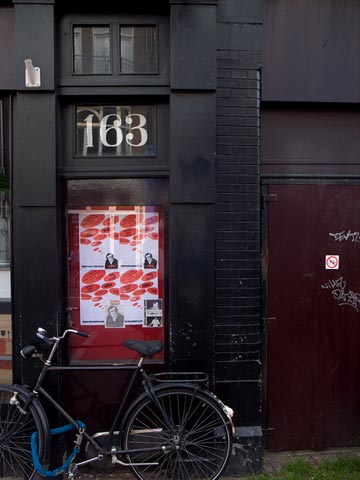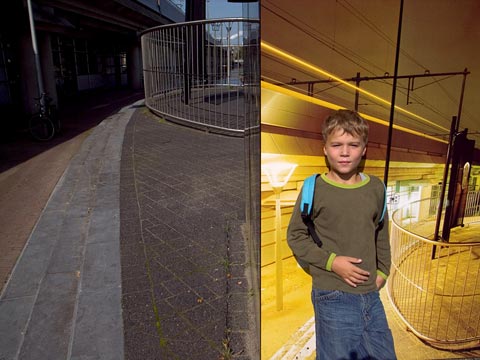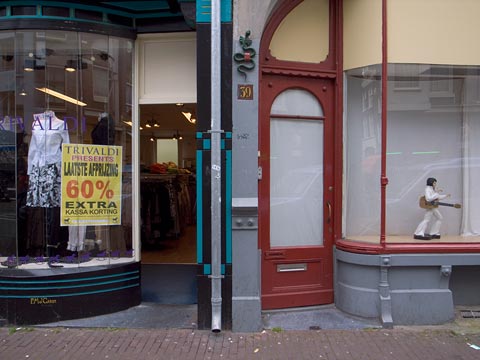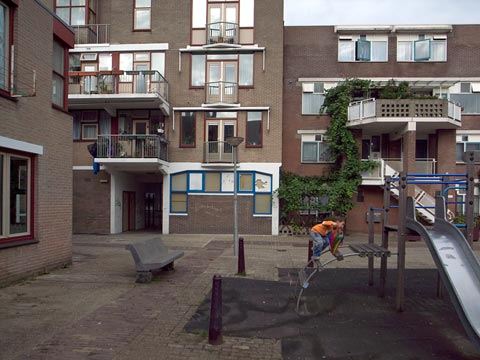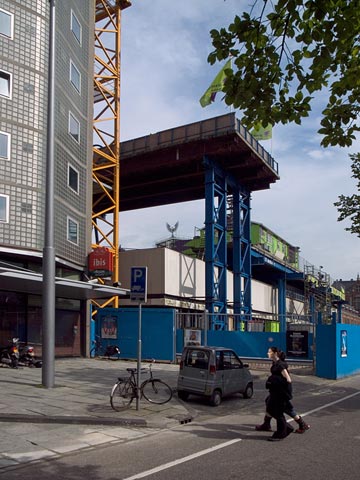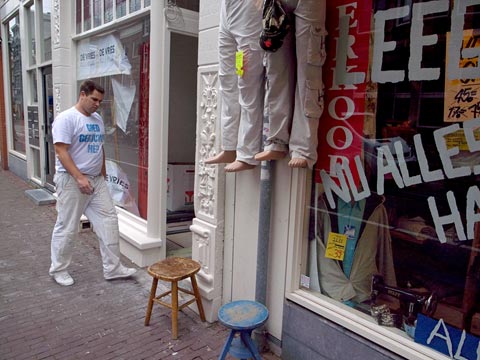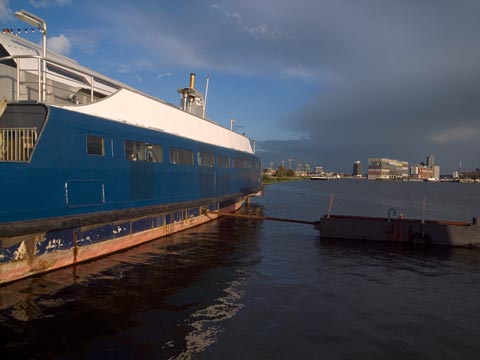Back to work photographing the Lower East Side. I spent several hours late yesterday walking around the East Village. For many people, especially newcomers, the Lower East Side is a relatively small area between Houston and East Broadway excluding Chinatown. But historically, the LES was/is much larger. The tendency in New York, which is obviously driven by the real estate industry, is to parcel the city into smaller and smaller districts with catchy names. It all began with Soho, of course, (south of Houston), and there was an effort–not altogether successful—to call Hell’s Kitchen Clinton. My apartment at Stanton and the Bowery is on the edge of Nolita, (north Little Italy). And so on. For the purpose of my project, the Lower East Side extends from 14th Street to the Brooklyn Bridge, and its western boundary is the Bowery/3rd Avenue. The East River, naturally defines the eastern boundary.
It was late, and the sun was setting, so I walked along Houston Street, which opens up more to the sky. I photographed the corner of Houston and Avenue B–not for the first time–where a new apartment building is almost finished. Next to it is a tenement with a windowless wall, created decades ago when Houston was widened, which nowadays serves as advertising space.
I continued up Avenue B and did several photographs of the 6th and B community garden noteworthy for the tall sculptural construction towering over it. I’ve tried a couple of times to photograph the garden, but either it’s been closed, or the light wasn’t right, whatever. This evening there was still a warm glow of light bouncing around, and I managed to shoot several views with the view camera. It was difficult moving around the narrow paths through the lush vegetation.
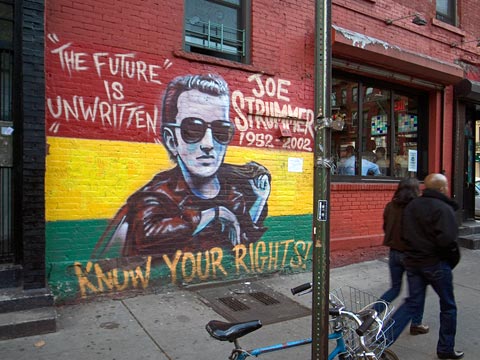
Joe Strummer memorial, 7th and Avenue A
Around the corner at 7th and A I arrived at the painted memorial to Joe Strummer, the great rock and roll genius of The Clash. The mural, by Zephyr and Dr. Revolt, is on a north facing wall, which in Manhattan means in shade except for summer mornings. So I’d been planning on photographing it on a cloudy day or in the evening, like now. The painting of the mural was the basis for a video of Strummer’s version of Redemption Song, written by Bob Marley. Here is the video on YouTube:
From there I walked across East 7th to 2nd Avenue where I paused to make a photograph of Gem Spa, the newsstand and soda fountain that has been a fixture of the East Village since I moved to the neighborhood in 1977. Having run out of 4×5 film, I headed back down 2nd Avenue to my apartment. Along the way, I photographed this storefront psychic between 4th and 5th Streets with my digital camera.

Second Avenue between 4th and 5th
The future is unwritten.
–Joe Strummer
